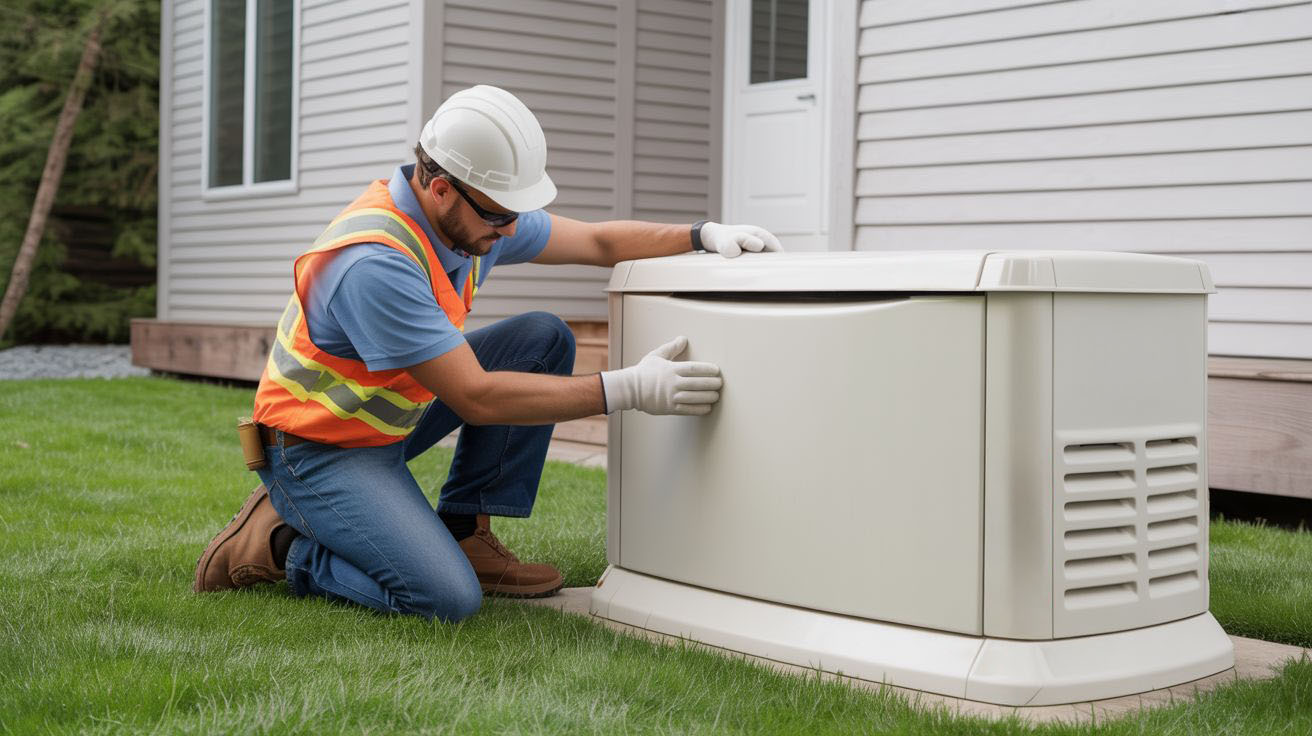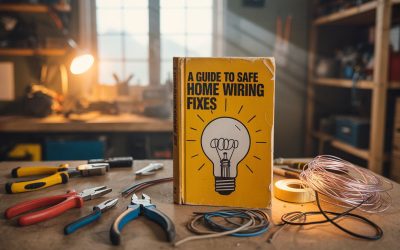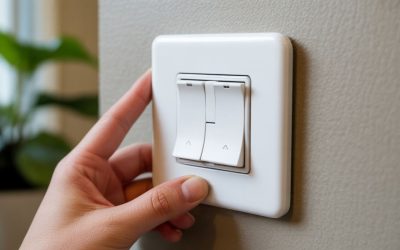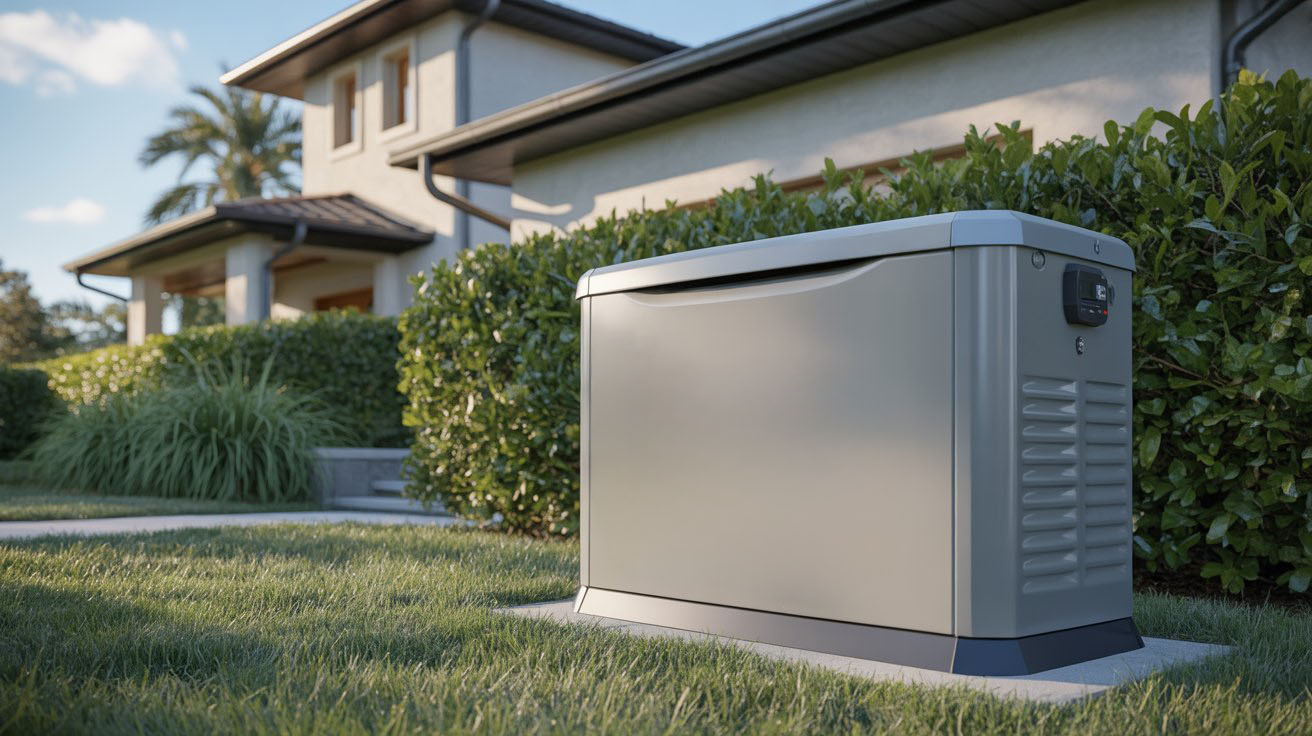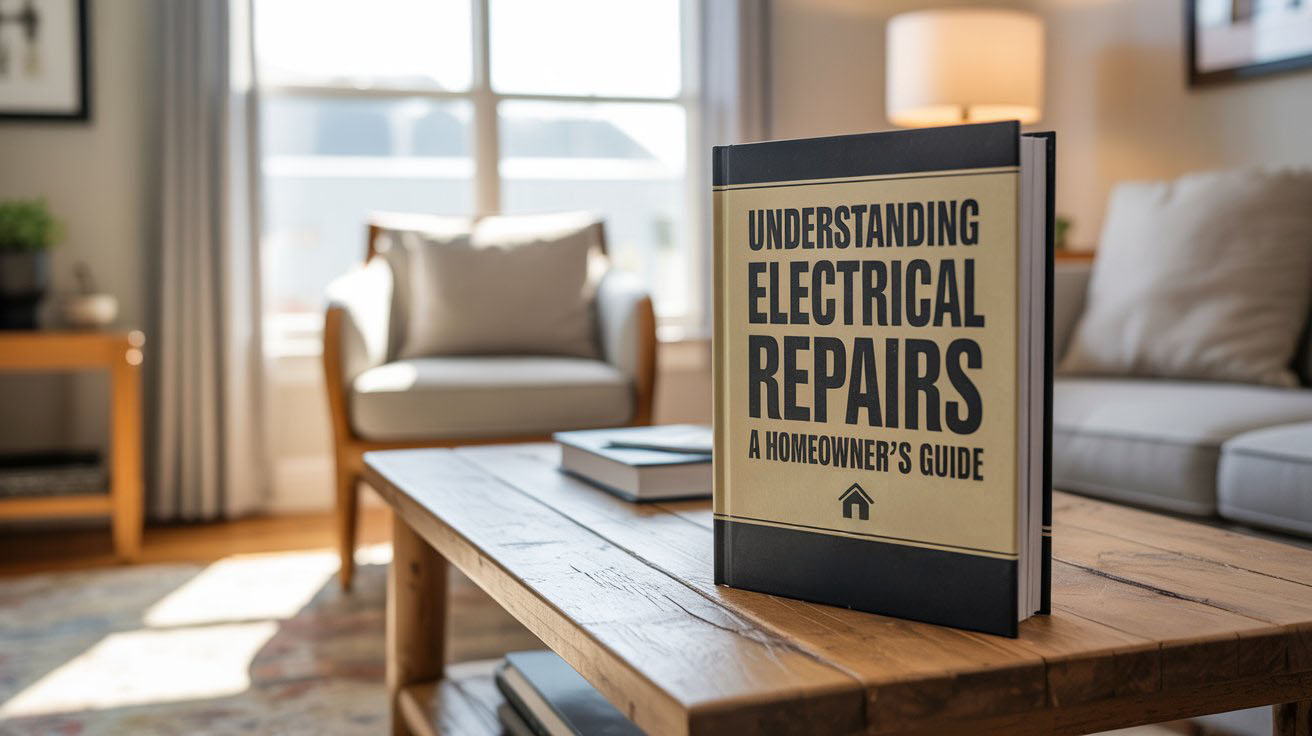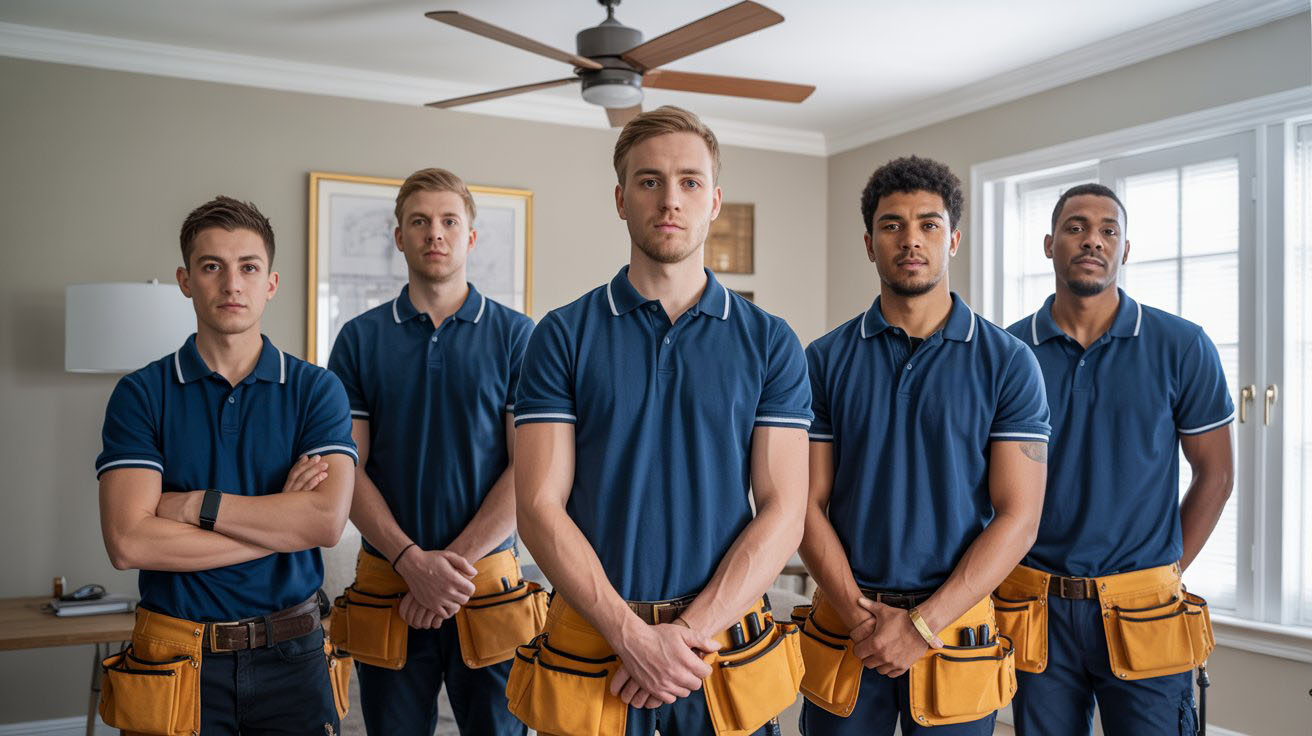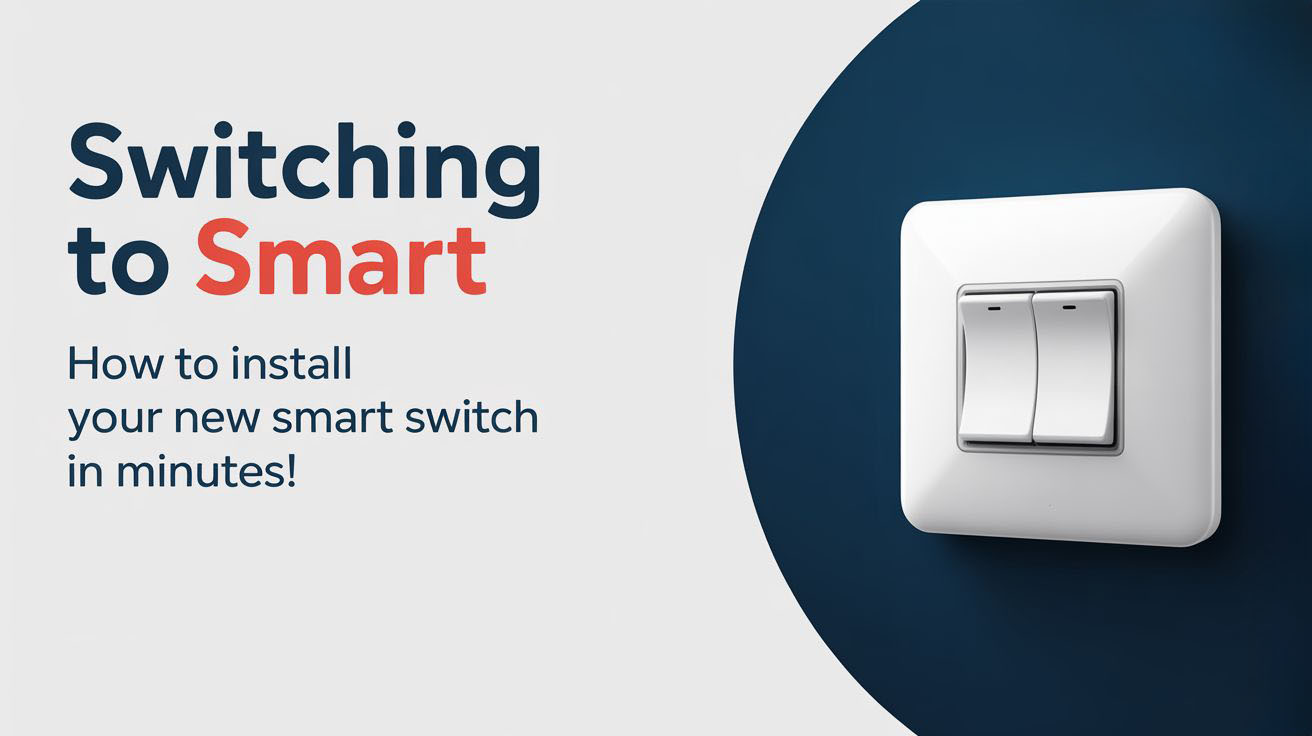When the power goes out, a standby generator can save the day by providing backup electricity to your home. Knowing what to expect from a standby generator installer can make the process smoother and more efficient. Understanding the steps involved in installation will help you feel more confident and prepared.
Table of Contents
- What is a Standby Generator?
- Why You Need a Standby Generator
- Before Installation
- The Installation Process
- After Installation
- Key Takeaways
- Frequently Asked Questions
What is a Standby Generator?
A standby generator provides backup power automatically during a power outage. It connects directly to your home’s electrical system and starts up when the utility power fails. This type of generator can run on natural gas, propane, or diesel fuel, providing reliable energy for essential appliances, heating, and cooling systems.
Why You Need a Standby Generator
Having a standby generator can be essential for various reasons:
- Continuous Power Supply: Keeps your appliances running without interruption.
- Emergency Preparedness: Ensures comfort and safety during storms or outages.
- Value Addition: Increases your home’s resale value.
- Automatic Operation: Provides peace of mind through hands-free operation.
Before Installation
Preparation is key to a successful generator installation. Here’s what you can expect before the actual installation:
Site Assessment
Your installer will likely perform a site assessment to determine the best location for the generator. They will consider factors such as:
- Distance from your house
- Accessibility for maintenance
- Ground stability
Electrical Load Evaluation
Your electrician will assess your home’s electrical load. This evaluation ensures that the installed generator will meet your power needs. They will discuss:
- Which appliances are essential during an outage
- Total wattage requirements
Permits and Regulations
Most installations will require permits, and your installer will help navigate local regulations. Proper documentation is crucial for safety and compliance.
The Installation Process
Once prep work is complete, the actual installation will begin. This process generally includes several detailed steps:
Generator Placement
The installer will place the generator in the chosen location, ensuring it is level and securely in place. They will also ensure it is adequately supported and has proper clearance from your home.
Electrical Connections
Your electrician will connect the generator to your home’s electrical system. This step includes:
- Installing transfer switches
- Running wiring to the generator
- Connecting fuel lines, if necessary
Testing the System
After installation, the installer will conduct tests to verify that the system functions correctly. This ensures everything is working as intended, including:
- Automatic start-up and shut-down
- Load handling capacity
After Installation
After the installation is complete, there are a few important follow-up steps:
Instruction and Walkthrough
Your installer will provide instructions on using and maintaining the generator. This information is crucial for ensuring your system runs smoothly. Topics may include:
- Checking fuel levels
- Regular maintenance tasks
Maintenance Schedule
Regular maintenance is essential for peak performance. Your electrician may recommend a schedule for routine checks, including:
- Oil and filter changes
- Battery tests
Warranty and Support
Understand the warranty offered with your generator and the services provided by the installer. Knowing what is covered can save you from unexpected costs later.
Key Takeaways
Essential points to remember:
- A standby generator provides reliable backup electricity during outages.
- Proper site assessment and electrical load evaluation are crucial before installation.
- The installation process includes generator placement, electrical connections, and system testing.
- Regular maintenance is crucial for maintaining longevity and optimal performance.
Frequently Asked Questions
What’s the difference between a portable generator and a standby generator?
Portable generators are temporary and require manual setup. Standby generators are permanently installed and operate automatically during outages.
How long does it take to install a standby generator?
Installation typically takes between 4 and 8 hours, depending on the setup’s complexity and local regulations.
Do I need a permit to install a generator?
Yes, most areas require a permit for installation. Your installer will guide you through the permit process.
How often should I test my standby generator?
It’s recommended to test your generator monthly to ensure it’s functioning correctly.
What factors affect generator sizing?
Factors include the total wattage of essential appliances, the size of your home, and how long you anticipate needing backup power.
Schedule Your Electrical Service Today
If you are ready to install a standby generator, don’t hesitate to reach out. A reliable and efficient generator will keep your home powered during outages. For expert assistance, contact us today and take the first step toward securing your home’s energy needs.

